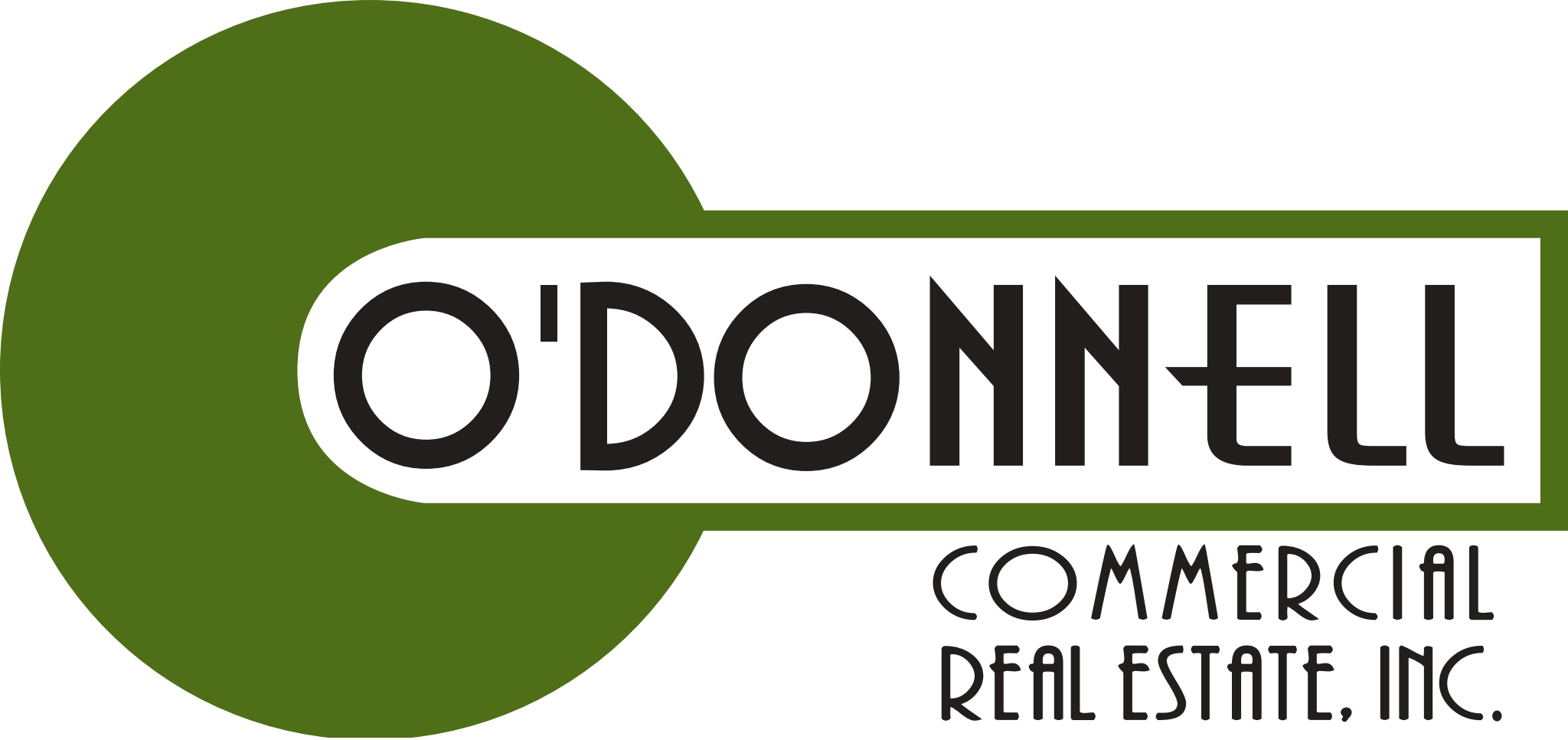Following shortly after budget and spacial needs (square feet), location is very important to many prospects when looking for a new office, retail site, or industrial building. However, it is not just the physical location of the site that is important, factors like demographics, accessibility, visibility, and proximity to referrals/competitors are very important.
Demographics including population, household income, age, and even gender, as well as future forecasting of these numbers are very important to a variety of tenants. Healthcare providers seem to pay the most attention to this, as their patient database can many times be very streamlined. For instance, an OBGYN may look for areas with concentrations of women in their child-bearing years.
Accessibility is also looked at when assessing location. Lighted intersections, ability to turn left versus “right in, right out” only, and traffic patterns throughout the day are some of many important factors. If a retail location only has “right in, right out” admittance, consumers may go to a similar retailer that is easier to access and has similar products. Tenants who are more of a destination, such as healthcare providers, most likely won’t be affected by this factor. Patients are most likely making a special trip to the doctor as opposed to stopping by a retailer out of convenience.
Visibility is also more important to retail type tenants. Items like pylon signage, building signage, and being located in a downtown/city center with high traffic, will most likely benefit retailers the most. However, certain types of office type tenants that are more service oriented (attorneys, financial firms, insurance providers, etc…) also reap benefits from prominent signage. This thought train is also impacting healthcare providers as of late. Dentists and chiropractors especially seem to be looking for more retail-type sites rather than their usual office complexes.
Lastly, the proximity to referrals or competitors plays an important role in the right location. For retailers this can go either way. For instance, furniture companies often want to be by one another as they know their consumer will be price-shopping anyways. Other retailers benefit from a referral type situation, such as an appliance store located next to a blinds shop. Healthcare providers also work in this fashion. Being close to a referral type doctor (dentist near an orthodontist or surgeon being close to the hospital) can increase their patient base and thus success.
